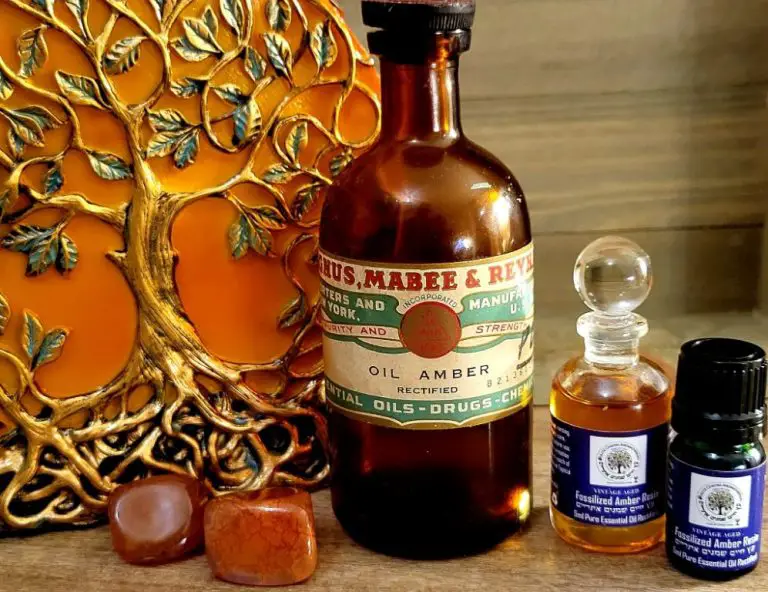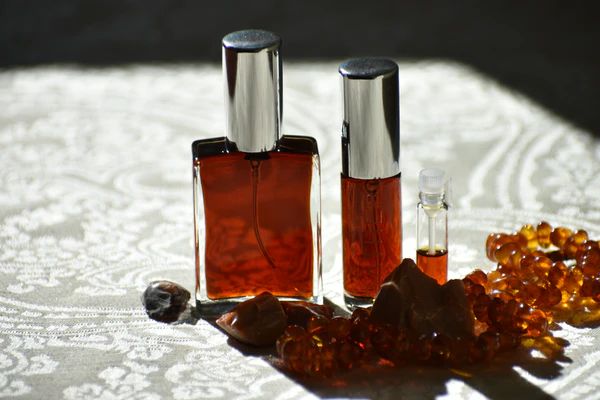Does Teak Wood Have A Smell?
Teak wood is one of the most popular and valuable hardwoods in the world. Known for its durability, water resistance, and beautiful golden-brown color, teak has been used for centuries in shipbuilding, outdoor furniture, carvings, and flooring.
Teak has several distinguishing features that set it apart from other woods. It contains natural oils that make it resistant to rot, insects, and weathering. The wood has an interlocking grain structure that minimizes shrinkage and swelling. Teak also has an oily smoothness to the touch, unlike many other hardwoods with more porous surfaces. These characteristics have made teak a premier choice for high-end outdoor uses where strength and aesthetic are equally important.
One unique trait of teak wood that has sparked curiosity is its distinctive scent. When worked or heated, teak releases an aroma that many find pleasant and intriguing. This leads to the question – does teak wood have a natural smell? If so, what causes this scent and why do some people love it while others find it bothersome? This article will explore the science and perceptions behind the distinctive smell of teak.
Description of Teak Wood
Teak wood comes from the Tectona grandis tree, which is part of the Verbenaceae family. It is classified as a hardwood and is native to south and southeast Asia, mainly India, Indonesia, Malaysia, Thailand and Burma. Teak trees can grow up to 40 meters tall and 2 meters in diameter. They have quadrangular branchlets and large papery leaves with conspicuous veins.1
Teak wood has a coarse, uneven grain and an oily feel. When freshly cut, it has a golden or medium brown color which darkens over time to a silvery-grey. The wood has an alternating pattern of dark and light bands that give it visual interest. Teak rates very high on the Janka hardness scale, indicating it is quite dense and durable. It is also rated very high for stability, meaning it resists warping and shrinking.2
Teak trees are harvested after they reach maturity, usually 40-80 years. The trunk is cut into logs which are debarked and squared. Teak wood is traditionally harvested from natural forest stands, but is also grown on plantations to help conserve natural forests.3
Uses of Teak
Teak wood is prized for its natural beauty and durability, making it ideal for many applications. Wikipedia states, “The wood is used for boat building, exterior construction, veneer, furniture, carving, turnings, and various small projects.” Teak’s rich brown color, attractive grain patterns, and natural oils that repel water make it especially popular for outdoor furniture, boats, and other marine applications.
Teak is often used to construct yachts and other boats because it can withstand exposure to sun, rain, and saltwater. Its natural oils help resist rot and decay, allowing teak wood to last for decades in marine environments. According to Aquateak, “Teak is used for boat building, yachts, exterior construction, indoor and outdoor furniture, veneer, carvings, frames, and more.” The wood’s strength and aesthetic qualities make it an ideal boat building material.
Outdoor patio furniture made from teak is also highly desired due to the wood’s weather resistance. The oils in teak prevent moisture damage and discoloration from the sun’s UV rays. Homeowners value teak patio sets because they retain their beauty and do not require much maintenance compared to other woods. Teak’s combination of strength, workability, and natural beauty make it suitable for many interior applications as well, like furniture, flooring, and architectural accents.
Teak Wood Odor
The distinctive scent of teak wood comes from the natural oils found within the wood.[1] When fresh, the oils emit an aroma often described as smoky, woodsy, earthy, and leathery. The scent is reminiscent of tobacco, patchouli, and sandalwood.[2] As teak wood ages, the odor changes and becomes mustier and damper over time.

Newly cut teak contains more natural oils, resulting in a stronger scent. As the wood dries out, the smell becomes less intense. However, even with aging, teak retains more of its signature fragrance compared to many other woods due to its dense grains and oil content.
When exposed to moisture, the oils activate again and the smell returns. The aroma can range from mellow and subtle in older, dry teak to quite pungent in freshly milled wood. Properly caring for and regularly oiling teak wood can help maintain its natural fragrance.
Reasons for Teak Scent
Teak wood has a distinctive and pleasant scent which comes from the natural oils found in the wood. The main chemical compounds that contribute to teak’s aroma are:
- Caryophyllene – This sesquiterpene has a sweet, woody odor and is a major component of teak oil.
- Guaiacol – Provides a smoky, spicy fragrance.
- Eugenol – Has a clove-like scent.
- Sesquiterpene alcohols – Give teak’s characteristic aromatic odor.
Freshly cut or sanded teak contains the highest concentration of these oils, resulting in a stronger smell. As the natural oils in teak break down and evaporate over time, the intensity of the scent will decrease. Properly caring for teak wood by regularly cleaning and sealing it can help maintain its fragrance.
According to Quora, the pleasant, sweet teak aroma is due to the breakdown of natural oils over decades. So aged, untreated teak will often have a more subtle scent compared to newly worked wood. But sealing the teak can trap some of the oils and preserve its smell.
Controlling Teak Scent
There are a few methods that can be used to either minimize or accentuate the natural scent of teak wood:
Sanding down teak wood will help remove the outermost layer of wood that contains the majority of the oils that produce the scent. However, sanding too aggressively can damage the wood. Light sanding with fine grit sandpaper can help reduce the smell without harming the wood. According to discussions on Houzz, sanding teak down completely will remove the oils and smell but may also remove the rich color of the wood over time (source).
Applying teak oil or other finishes like varnish can help seal in the natural oils in the wood and accentuate the smell. New, unfinished teak will have less of an aroma than oiled or varnished teak. Allowing teak to weather outdoors will also help draw out more of the oils over time. According to a thread on Trawler Forum, the smell of teak is strongest when the oils are closest to the surface before being washed away by rain and sun (source).
Proper maintenance like regular cleaning and re-oiling can help maintain the signature teak scent over time. Conversely, leaving teak unfinished and exposed to the elements will eventually cause the wood to dry out and the scent to fade.
Teak vs. Other Woods
Teak wood has a very distinct and unique smell compared to other woods like cedar, oak, and pine. According to one source, “Teak emits a leathery, rich fragrance when it is freshly cut or sanded that is often described as reminiscent of leather” (The Scent Guide: What Does Teakwood Smell Like?). Teak contains natural oils that give it a musky and woody aroma, quite different from the sharper, more resinous smells of softwoods like pine or cedar.
In contrast to teak, cedar wood has a sweet, woody scent that is often described as smelling like pencil shavings. Oak has more of an earthy and winy aroma. Pine is very bright and fresh smelling with hints of citrus. While teak does have some subtle woody notes, its primary scent layers musk, tobacco, leather, and spice unlike other common woods.
The unique fragrance of teak comes from its high natural oil content. According to one source, the natural oils in teak called tectoquinones are what give it such a distinctive smell compared to other wood types (Decoding Aromas: What Does Teakwood Smell Like?). The complex blend of scents in teak is unmatched and makes it easily discernible from cedar, oak, pine, and other woods.
Teak Scent Preferences
Opinions on the smell of teak wood are highly subjective. Some people love the distinctive scent, describing it as warm, earthy, and complex. Others find the smell to be overpowering or unpleasant. According to Homesick, “Most tend to think of it as a masculine fragrance, with its tobacco, leather, and pine notes.”
On forums and discussion boards, there is a lot of debate about teak and its polarizing aroma. Some teak lovers enthuse about the rich, woody fragrance that reminds them of luxury and quality furniture. As one Reddit user put it, “I love the smell of teak. It’s very nostalgic for me and reminds me of being on boats as a kid.”
However, others complain that teak has an odd, irritating smell, especially when new. As one person commented, “I can’t stand the smell of teak. I find it gives me a headache.” There are recommendations for trying to remove teak scent with sanding, oiling, or ventilation.
So in summary, teak scent preferences definitely fall into a “love it or hate it” spectrum. The complex, pungent aroma triggers strong reactions, both positive and negative. It’s an individual preference whether that earthy, woody smell feels rich and inviting or overpowering.
Caring for Teak
Proper care is essential for preserving the rich color and signature scent of teak over time. For outdoor teak furniture, it’s recommended to scrub pieces at least four times per month with a stiff bristle brush to remove dirt and debris (Source 1). This regular cleaning helps maintain the wood’s natural oils. After scrubbing, rinse with clean water and allow to completely dry before applying a teak sealer.
For indoor teak pieces, quickly clean any spills with mild soap and water using a soft sponge or brush (Source 2). This prevents stains from setting in. Routinely dust indoor teak furniture as well. To protect the scent and color of indoor teak, consider applying a teak oil or sealer once or twice per year.
With proper maintenance for both indoor and outdoor teak furniture, the distinctive honey-brown color and woody aroma can be preserved for many years of enjoyment.
Conclusion
This article summarized all the key points related to the natural odor and scent of teak wood. Teak wood alone has higher levels of oils that cause it to have a distinct leather, woodsy fragrance. Multiple factors like whether it’s kiln dried, the environment and age of the wood, method of finishing, maintenance, and storage can all affect the natural teak fragrance. While some may find the scent offensive, many value and prefer its natural aroma for indoor and outdoor furniture and woodworking. Caring for teak properly and avoiding harsh chemicals can help maintain its natural essence. Ultimately, teak’s enduring popularity comes not just from its strength, but also its singular scent that connects us to nature.
Teak wood has an unmistakable aroma unlike any other wood. Its rich fragrance can turn any furniture or structure into a multi-sensory experience, filling the air with earthy tones whenever you open a cabinet or relax on your deck. While it may not suit all tastes, the scent of teak is part of what makes it so prized worldwide.





